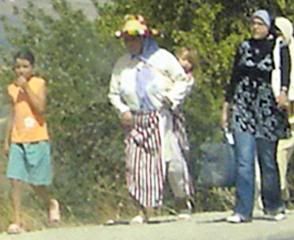
SOS Madeleine McCann 30/08/09
A new article which appeared in a British magazine about the different detectives and henchmen hired by the McCanns, in the wake of Madeleine's disappearance, stirred up an instant storm from the McCann "clan."
After two years during which all of the British media must have stuck their heads in the sand about the true nature of Kate and Garry McCann's campaign - some by choice, others by constraint - one might have believed that a glimmer of hope was appearing that could bring knowledge of the full magnitude of the Madeleine McCann case to the British public. No chance. And even if pages 19 to 24 of the ES (Evening Standard) magazine were censored, its author has not ceased to be the object of pressure and intimidation.
Unfortunately, he is not the first and he is far from being the last.
It's the case withing the case, bringing to mind once again the use of British Government means to control the media or else the approach the McCann couple's lawyers made to the directors and publishers of the most important media just after their flight from Faro airport in September 2007.
In spite of all the manoeuvres - Those of the McCanns with their spokesman and their lawyers as well as those of their critics (some suffering from a blinkered state and irrational hatred) - the truth does not change: there is only one victim and her name is Maddie.
Extract from the article in question: (The original in English)
Disillusioned with the Portuguese police, Gerry and Kate McCann turned to private detectives to find their missing daughter. Instead the efforts of the private eyes served only to scare off witnesses, waste funds and raise false hopes. Mark Hollingsworth investigates the investigators.
29/08/09




